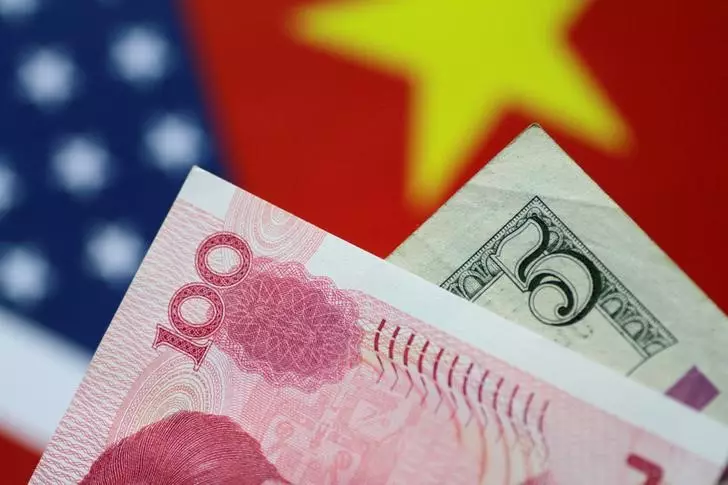As the financial markets in Asia opened this week, the prevailing trend was a modest decline in most local currencies against a backdrop of a robust U.S. dollar, which lingered near a three-week high. This dollar strength arises amid anticipation of a U.S. Federal Reserve meeting expected to yield a 25 basis point rate cut. However, mixed signals from the Chinese economy have exacerbated concerns regarding its recovery trajectory, casting a shadow over regional economic stability.
The U.S. Dollar Index, while facing minor fluctuations, remained within touching distance of its highest point since the end of November. This scenario is indicative of underlying confidence in the dollar’s resilience, especially given that investors are bracing for a protracted timeframe for future rate cuts predicted into 2025. With global investors keenly observing these developments, the dollar is positioned to maintain its strength, further complicating currency dynamics across Asia.
China’s economic outlook remains a contentious topic, characterized by a juxtaposition of positive industrial production data against disappointing retail sales figures. Recent reports highlighted that industrial production met expectations in November, spurred by various stimulus measures implemented by the Chinese government. However, the country’s real estate market continues to grapple with challenges, evident in the slight decline of home prices—marking the slowest decrease in nearly a year and a half. These developments suggest that while governmental efforts are aimed at stabilizing the property sector, consumer confidence remains fragile.
The dismal retail sales performance—falling short of both forecasts and last year’s results—signals an underlying malaise in consumer spending. Analysts from ING suggest that despite policy assurances to bolster consumption, it may take time before these efforts translate into tangible economic recovery. The notion of a gradual revival in retail sales growth towards 2025 paints a cautious outlook for the Chinese economy, impacting investor sentiment in the broader Asia-Pacific region.
Given China’s pivotal role in the region, its economic struggles inevitably reverberate across neighboring countries. Weaker-than-expected retail performance puts pressure on regional currencies, as investors remain wary of the overall economic climate. The dollar index’s resilience amid these circumstances speaks volumes about the anticipated sustained strength of the U.S. currency, influenced by the Fed’s cautious approach to monetary policy adjustments.
Notably, geopolitics adds another layer of complexity to these economic interactions. For instance, incoming U.S. President Donald Trump’s plans to impose additional tariffs on China are not expected to ease the current tensions, likely propelling the dollar even further. As countries like China navigate these challenges, the implications for their currencies and broader economic stability remain a significant concern for investors.
Examining individual currencies reveals nuanced performances amid the overarching themes at play. The Japanese yen showed slight movement against the dollar, with expectations that the Bank of Japan will maintain its steady interest rates rather than pursuing hikes in the near future. Meanwhile, the Singapore dollar and Australian dollar demonstrated minor gains, reflecting resilience albeit in a strained environment. In contrast, the Indian rupee remained stable near its recently established all-time high, an indicator of localized strengths countering broader trends.
In South Korea, political turmoil following President Yoon Suk Yeol’s impeachment added a layer of uncertainty to its financial markets. The finance ministry’s commitment to stabilizing the market reflects an ongoing effort to mitigate potential fallout and support the economy in turbulent times.
The Asian financial landscape is currently navigating significant uncertainty fueled by a complex interplay of economic indicators, currency movements, and geopolitical tensions. As traders and analysts anticipate the Federal Reserve’s decisions and China grapples with its dual challenges of production and consumption, the trajectories of Asian currencies will likely remain intertwined with these developments. The coming weeks will be pivotal in shaping the region’s economic narrative, demanding vigilance from investors as they seek opportunities amid a backdrop of volatility.

